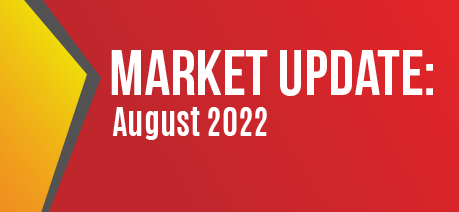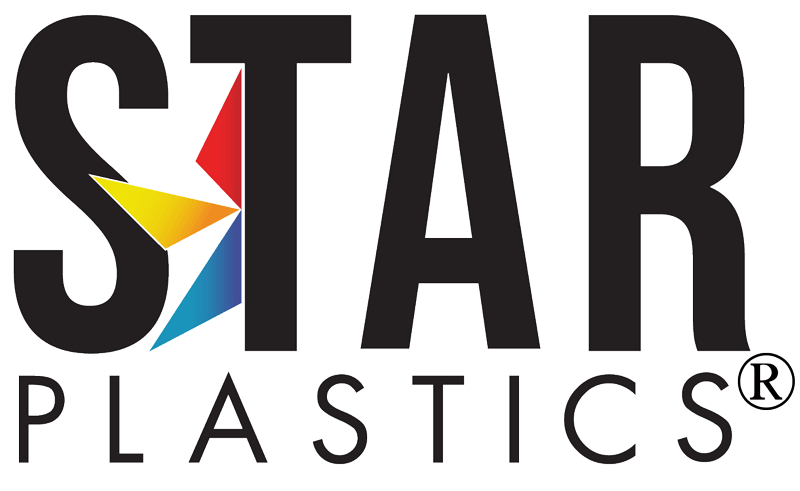News
August 2022 Plastics Market Update

Market demand is up by sector with automotive and appliances are still holding demand, expecting to fill the pipeline and warehouses through the end of the year. Alternatively, housing starts are down 20% year-to-date, with interest rates staying steadily high. Also, fuel prices are coming down with the increased availability of benzene which is used as an additive to increase fuel car performance and increase the octane of fuel.
In regards to GDP, numbers are falling for 2022. Electricity in Europe is remaining high in cost and low in supply through the end of the year, and most likely into 2023. Natural gas in Europe also spiked in July and to remain elevated through 2022.
Prices for polymers continue to be mixed. We’ve seen polystyrene increase, while Polyethylene and polypropylene have decreased a small amount during July. PET has dropped low double digits in the same time frame of July. We’ve seen acetal and nylon 66 go up, and PC availability has increased which hints at reductions in the market.
PC
Demand of PC in North America is slowing, except for the automotive and appliance market. Supply is increasing, with Covestro having lifted their PC FM on August 1st. Supply overall is up 12% in North America since last quarter, and production is up 23%, with imports down 15%.
Current PC cost and resulting price is moving south – cost is moving from $1.21 down to $1.07, with pricing moving from $2.01 in July to $1.92 by the end of the year. The upcoming quarter (Q4/22) will have the highest inventory of PC yet. At the same time, imports will decline through year end as domestic supply increases and holds through 2023.
In China, demand has dropped, and prices have collapsed recently (for PC and ABS) due to over-capacity locally. This in conjunction with the China economy being slow right now, making it a buyer’s market in Asia.
Most of this decline is due to slowing demand for gasoline – meaning there’s more availability of benzene which again, is used to increase octane value and improve automotive performance.
ABS
ABS pricing is continuing to slide as abundant supply from Asia affects the available volume of material, and major ABS end-use markets are slow. The oversupply situation from Asia is causing price drops, and to battle it, major resin providers are reducing costs in attempts to maintain share. Production costs seem to have peaked in August, and pricing is coming down steadily from July. There is an expectation that the slide will be of a lower slope of 5-7 cpp, with more in total through the end of the year.
Nylons
We’re seeing continued tightness in both prime 6 and 66 grades while at the same time, improvements in glass availability and prices are dropping. Pricing has shown signs of stabilizing for nylon 66. Volume is steady and stabilized, though specialized grades like FR continue to be tight. Capacity is expected to stay at ~78% operating rate through 2023, with strong demand driving the strong operating rate. Asia is also working towards increased capacity for nylons, so we’ll be watching that moving forward.
Similar to the 66 market with benzene, ammonia costing has pushed the price of Nylon 6 up, making that market tight as well. Prices are elevated and holding, though glass supply is improving faster than expected. Cash costs are driving the increases, but operating rates are strong, with no feedstock restraints, and expect to remain as they are through the end of the year.
Freight & Logistics
Good news is that lead times on compounded goods are coming down. Star is at 4 weeks and able to meet hot-rush orders based on increased capacity of new equipment. Sabic is running 6 to 8-week lead times.
Freight reductions make imports look more appealing, from $19,000 a year ago to $6,600 today for the same container, meaning the global supply chain congestion that has had a choke hold on logistics is finally easing.
West coast labor agreements are ongoing, and they’ll continue to work while negotiating agreements. Ports are finally good in terms of volume, and boats are no longer floating at sea pending their offload. The newest roadblock is a shortage of frames from containers. Meaning that when the containers are offloaded, they are immediately taken to a local warehouse and offloaded and put on a dry van for local line haul. The frame and container are returned in a matter of days.
Please know that that we appreciate your business, being a valued partner to Star Plastics and we look forward to working with you well into the future. Please contact us at Sales@StarPlastics.com or your local Star Plastics representative if you have any questions about current market conditions or how this may affect upcoming orders.



